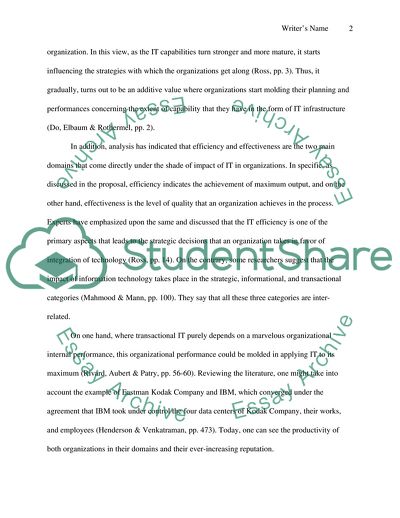Cite this document
(Impact of IT on Organizations Coursework Example | Topics and Well Written Essays - 2000 words, n.d.)
Impact of IT on Organizations Coursework Example | Topics and Well Written Essays - 2000 words. Retrieved from https://studentshare.org/information-technology/1742354-a-current-issue-that-is-meaningful-to-you-and-your-discipline-or-future-field-of-study
Impact of IT on Organizations Coursework Example | Topics and Well Written Essays - 2000 words. Retrieved from https://studentshare.org/information-technology/1742354-a-current-issue-that-is-meaningful-to-you-and-your-discipline-or-future-field-of-study
(Impact of IT on Organizations Coursework Example | Topics and Well Written Essays - 2000 Words)
Impact of IT on Organizations Coursework Example | Topics and Well Written Essays - 2000 Words. https://studentshare.org/information-technology/1742354-a-current-issue-that-is-meaningful-to-you-and-your-discipline-or-future-field-of-study.
Impact of IT on Organizations Coursework Example | Topics and Well Written Essays - 2000 Words. https://studentshare.org/information-technology/1742354-a-current-issue-that-is-meaningful-to-you-and-your-discipline-or-future-field-of-study.
“Impact of IT on Organizations Coursework Example | Topics and Well Written Essays - 2000 Words”. https://studentshare.org/information-technology/1742354-a-current-issue-that-is-meaningful-to-you-and-your-discipline-or-future-field-of-study.


